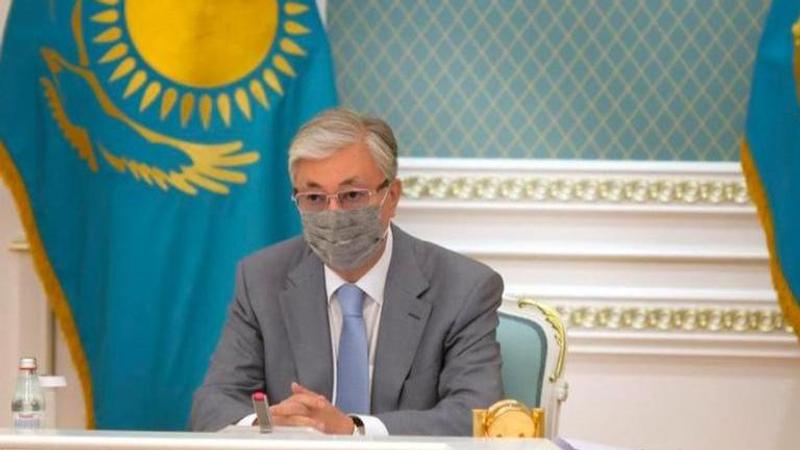Published 14:12 IST, August 30th 2020
Kazakhstan President says closure of nuclear site reduced proliferation threat globally
in a historic anti-nuclear initiative by Kazakhstan President Nursultan Nazarbayev on August 29, 1991, he signed the decree to close down the nuclear site.

On August 29, the Kazakh President Kassym-Jomart Tokayev said that denuclearisation of the former Semipalatinsk nuclear test site largely reduced the threat of nuclear proliferation in the international community, ANI report confirmed. Nuclear weaponry testing was conducted in the territory of the Kazakh SSR since 1949 as part of the USSR with an estimated 500 nuclear explosions that may have been launched to test the weaponry, according to local reports. However, in a historic anti-nuclear initiative by President Nursultan Nazarbayev on August 29, 1991, he signed the decree 409 of the President of the Kazakh Soviet Socialist Republic to permanently close down the site for betterment of the health of the people in the site’s vicinity.
The fourth-largest nuclear facility in the world, Semipalatinsk Nuclear Test Site caused radioactive substance emissions and hazardous radiations that impacted over 500,000 people in an area extending to 300,000 square kilometers, as per several reports. On the occasion of International Day against Nuclear Tests, as declared by UN General Assembly in 2009, Tokayev spoke about the comprehensive environmental recovery plans that aim to restore the 18,500 square kilometers area subjected to damage. Further, he was reported saying that the Semipalatinsk site’s closure prioritized the social rehabilitation and long-term safety of the people living in northeastern Kazakhstan's Semey city. The United Nations General Assembly, in 2015, adopted the Universal Declaration on the Achievement of a Nuclear-Weapons-Free-World as advised by Kazakhstan.
"Secret nuclear facilities" post WWII
The nation’s radical decision to shut down the nuclear test site earned great recognition and respect worldwide taking into account that Kazakhstan had predominantly remained one of the leading nations in the nuclear arsenals race. However, introducing moratoriums on nuclear weapons tests by the first President for the welfare of the people was largely viewed as progressive by the world’s community. Post-WWII, many secret nuclear facility towns emerged in the north-east of Kazakhstan as per UN’s official report, known by the names such as Moscow-400, Semipalatinsk-21, End of the Line, and the Kurchatov City.
The towns were heavily guarded and under inspection by the military forces with several checkpoints. On August 29, 1949, as many as 456 nuclear devices were exploded in the territory across 18,500 square meters area for over 40 years as residents often witnessed “mushroom cloud” from the hazardous nuclear testing. While the side effects of nuclear radiations were identified in the region, children and newborns continue to suffer genetic mutations despite the site’s closure years later according to the UN report.
(Image Credit: Twitter/ @TokayevKZ)
Updated 14:12 IST, August 30th 2020




